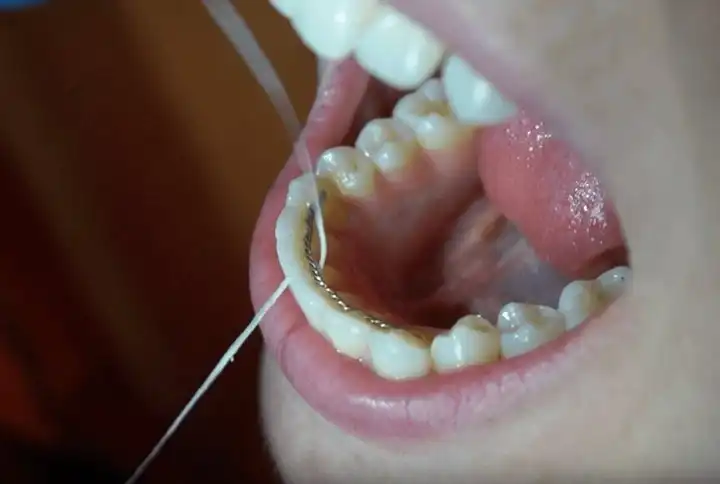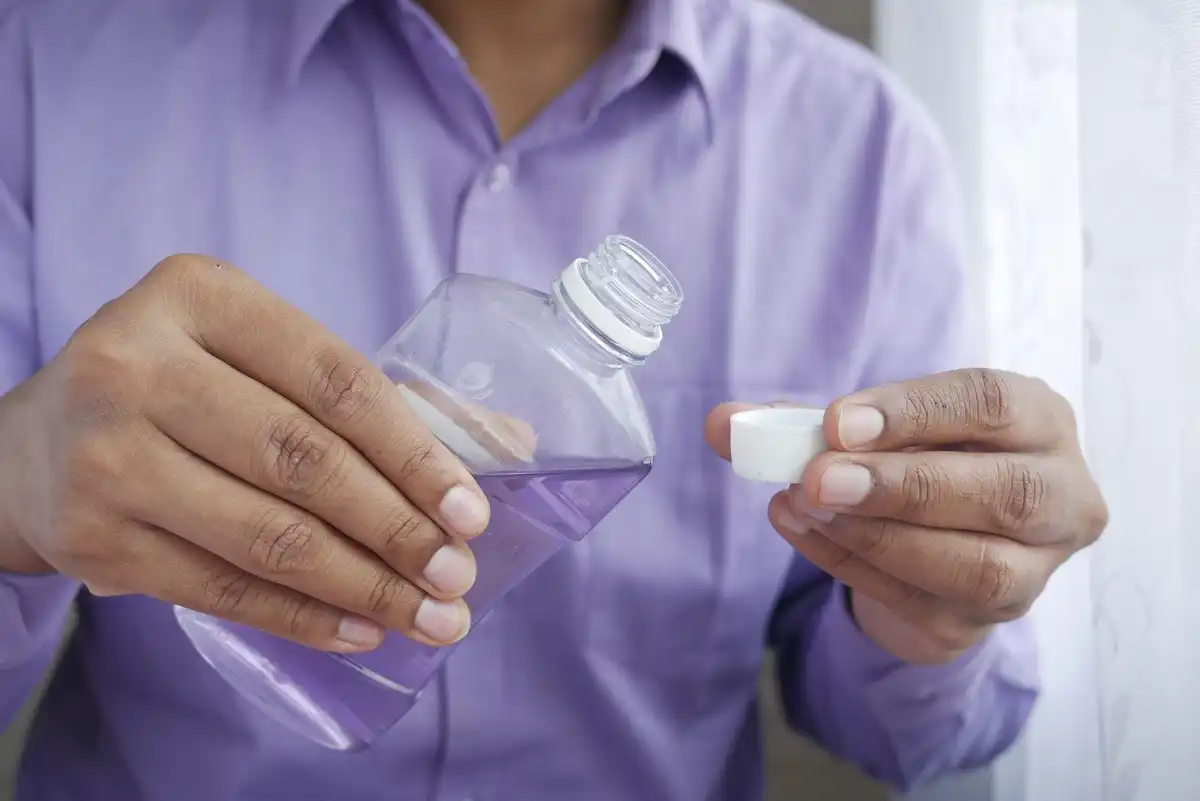Dental Savings Plan vs Dental Insurance: Which Option Fits Your Needs?

In this article, we may include products or services we think are useful for our readers. If you buy through links on this page, we may earn a small commission to help fund our mission to create more healthy smiles. Here’s our process.

Today we’re diving into a big decision a lot of people face: Should you get dental insurance, or would a dental savings plan work better for you?
Let’s explore both options to help you make the best choice for your smile and your wallet.
Introduction to Dental Care
We all know dental care is a must — not just for a bright smile, but for your overall health. But here’s the thing: most standard health insurance doesn’t cover dental care, which means you need a separate plan to keep up with routine teeth cleanings, fillings, and more.
That’s where two main types of dental coverage come in:
- Dental insurance
- Dental savings plans (also called dental discount plans)
Each has its own pros, cons, and cost structures. Let’s break them down.
Dental Insurance Overview
Dental insurance works similarly to medical insurance — you pay a monthly premium, known as costs premiums, and in return, the insurance company pays a portion of your dental expenses, depending on what the insurance covers.
Covered services are the dental treatments that the insurance company will partially or fully pay for, helping to cap out-of-pocket expenses for consumers.
Most dental insurance plans divide coverage into:
- Preventive care (such as cleanings — usually fully covered when "in-network")
- Basic care (such as fillings — covers a set percentage of the treatment)
- Major care (such as root canals — covers a set percentage of the treatment)
But dental insurance can also include:
- Deductibles
- Co-pays
- Waiting periods
- Annual coverage maximums
There are also different plan types like:
- DHMO (Dental Health Maintenance Organizations)
- PPO (Preferred Provider Organizations)
- Indemnity plans
Each of these varies in costs, coverage, and dentist networks — which means you’ll want to check if your preferred dentist is “in-network.”
The insurance provider pays a portion of treatment costs, which varies depending on the specifics of the insurance plan and the type of treatment received.
Dental Savings Plan Overview
A dental savings plan is a fantastic option for those looking to save money on dental care without the complexities of traditional dental insurance. Unlike insurance, a dental savings plan is a discount program that offers significant savings on a wide range of dental services. By paying an annual membership fee, typically ranging from $150 to $300, members can enjoy discounts of 10-60% on services like routine cleanings, exams, root canals, and crowns.
One of the biggest advantages of dental savings plans is their simplicity. There are no deductibles, co-pays, or waiting periods to worry about. Once you pay the membership fee, you can often start saving immediately on dental services from participating dental providers. This can be particularly beneficial for those who need routine care or occasional dental work but want to avoid the higher costs and complexities of traditional dental insurance.
Moreover, dental savings plans often include discounts on cosmetic procedures, which are rarely covered by dental insurance. This makes them an attractive option for anyone considering treatments like teeth whitening or veneers. Overall, a dental savings plan can be a cost-effective and straightforward way to manage your dental expenses and maintain your oral health.
What Is a Dental Savings Plan?
A dental savings plan (or dental discount plan) is not insurance — but it can still help you save big. These plans are membership-based programs that offer pre-negotiated discounts on dental services, with upfront membership fees that are significantly lower than traditional dental insurance premiums.
A savings plan membership involves paying an annual fee to enroll in the plan, which grants access to negotiated discounts on dental services at participating providers. Plan members are responsible for covering the remaining costs after discounts.
Here’s how it works:
- You pay an annual membership fee (usually $150–$300/year).
- You get instant discounts — often 10–60% — on most dental services.
- You don’t deal with claims, waiting periods, or deductibles.
A standard dental savings plan offers lower up-front membership costs compared to traditional dental insurance, with no coverage caps, maximums, or deductibles, allowing for consistent discounts on services.
Dental savings plans are accepted at thousands of participating dental providers nationwide, and you can often search by zip code to find a dentist near you.
Comparing Dental Coverage Options
Let’s stack them side by side:
Feature | Dental Insurance | Dental Savings Plan |
|---|---|---|
| Monthly Premium | Yes | No |
| Annual Fee | Annual Fee | Sometimes |
| Deductibles | Deductibles | Yes |
| Co-Payments | Co-Payments | Yes |
| Waiting Periods | Waiting Periods | Yes |
| Cosmetic Coverage | Cosmetic Coverage | Rarely |
| Immediate Use | Immediate Use | Sometimes Delayed |
Dental insurance can be confusing!
Dental insurance work might seem confusing, but knowing the basics can save you money in the long run. Overall, dental insurance works similarly to standard health insurance — it’s accepted at dental offices and covers a portion of treatments. It involves payments like premiums, co-payments, and deductibles.
Dental savings plans can be less confusing, especially if:
- You don’t have dental insurance through work
- You have stable oral health and only need basic care
- You want discounts on cosmetic services like teeth whitening
When considering dental savings plans, it's important to weigh the pros and cons of different types of dental care programs, including discount dental plans and full coverage options.
Additionally, both dental savings plans and dental insurance can help reduce out-of-pocket costs for various dental procedures. Always check plan details for in-network providers and renewal requirements.
Comparing Dental Insurance Versus Dental Savings Plans
Both dental insurance and savings plans offer financial protection and encourage regular visits, which is key for preventing bigger dental issues. An insurance plan pays for various treatments after the insured pays premiums and co-pays. Understanding out-of-pocket costs is crucial when comparing dental savings plans to dental insurance, as both options can help reduce these expenses for various dental procedures.
✨ Dental insurance may cover:
- Routine care (exams, cleanings, x-rays)
- Basic services such as fillings (a percentage of the total cost)
- Major services such as root canals (a percentage of the total cost after deductibles)
Service deductibles are out-of-pocket costs that a patient must pay before the insurance covers any treatment expenses.
💸 Dental savings plans can offer discounts on:
- Routine care (exams, cleanings, x-rays)
- Basic services (fillings, etc.)
- Major services (root canals, etc.)
- Cosmetic treatments
With either option, you’re more likely to keep up with your dental checkups — and that means healthier teeth in the long run.
Cosmetic Dentistry Considerations
Many cosmetic procedures (like veneers, implants, or teeth whitening) and dental devices aren’t covered by traditional dental insurance plans. But here’s the good news: dental savings plans often include discounts on these services, which can make a big difference.
So if a smile makeover is on your wish list, a dental discount plan might be your best bet.
Evaluating Dental Insurance Plans
Before you enroll in a dental insurance plan, ask:
- What’s the monthly premium?
- Are there waiting periods?
- What’s the annual max payout?
- Does it cover the treatments I might need?
- Is my dentist in-network?
- How does the insurance provider handle claims?
The insurance provider pays a portion of treatment costs, which varies depending on the specifics of the insurance plan and the type of treatment received.
Also, read reviews and talk to your dentist or even a vetted financial advisor if you’re unsure.
Given service deductibles are costs that you must cover before the insurance provider starts to pay for treatments. These deductibles are part of the overall structure of dental insurance, impacting what you pay out-of-pocket when receiving dental care.
Dental Savings and Budgeting
When it comes to budgeting healthcare costs:
- Dental savings plans are usually more predictable — you pay one fee and get your discounts all year long.
- Insurance can be trickier — premiums, deductibles, and coverage limits can add up quickly, especially if you rarely need major work.
Insurance covers treatment costs in exchange for premiums and co-payments, but standard health insurance does not cover dental expenses. Understanding the structure of dental insurance, including premiums, co-payments, and deductibles, is crucial for managing your dental healthcare costs.
A financial advisor can help weigh your dental expenses and estimate which plan works better for your budget.
Related: Best Dental Savings Plan
Choosing the Right Dental Coverage
Here’s a simple way to decide:
You Might Prefer Dental Insurance if… | You Might Prefer a Dental Savings Plan if… |
|---|---|
| You expect major dental work soon and need catastrophic insurance | You only need routine care and/or want cosmetic care |
| Your employer offers it at low cost | You’re self-employed or between jobs and need an alternative to catastrophic insurance |
| You want insurance-style billing | You want simple discounts with no paperwork |
Dental insurance vs. dental savings plans comes down to your needs and budget. Insurance pays for a portion of treatments after premiums and co-pays, while savings plans offer upfront discounts with fewer participating providers.
Dental savings plans can be ideal for those with limited dental needs, no employer coverage, or those on Medicare seeking affordable options. However, traditional dental insurance may be better for families or individuals with ongoing treatment needs due to broader provider networks and more comprehensive coverage.
Note: Dental care isn’t typically covered by standard health insurance or Medicare, but some dental services may be covered by Medicare when tied to hospital-based or medically necessary treatments.
Final Thoughts
When it comes to dental savings plans vs dental insurance, there’s no one-size-fits-all answer — but there is a smarter choice for your personal situation. Bottom line: dental insurance is a practical option for patients, as it often involves paying premiums and a co-pay, with the plan covering the majority of treatment costs. A standard dental savings plan, on the other hand, offers lower up-front membership costs compared to traditional dental insurance. It also lacks coverage caps, maximums, or deductibles, providing consistent discounts on services.
- ✅ Do the math
- ✅ Compare networks
- ✅ Think about the type of care that you need
And remember, the goal is to keep your mouth healthy — affordably. Don’t let lack of insurance keep you from the dentist. A dental savings plan may be just what you need to keep smiling.
🦷 Want to see if a dental discount plan is right for you? Check out my favorite: OneDental (2-for-1 Deal!)
Need more info?

Make your inbox smile!
Subscribe





